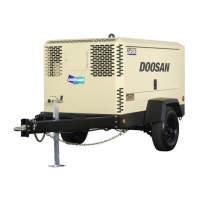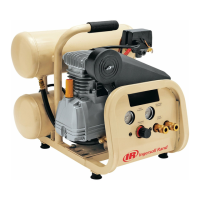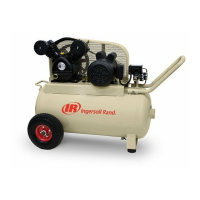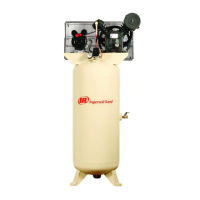Operating & Maintenance Manual Engine Instructions
78 22442594
Replacing Fan and Alternator Belts
Refer to CHECKING BELT TENSIONER SPRING TENSION AND BELT WEAR in Lubrication
and Maintenance/500 Hour/12 Month Section for additional information on the belt tensioner.
1. Inspect belts for cracks, fraying, or stretched out areas. Replace if necessary.
2. To replace belt with automatic tensioner, release tension on belt using a
breaker bar and socket on tension arm.
To replace belt with manual tensioner, release tension at belt tensioner.
3. Remove poly-vee belt from pulleys and discard belt.
4. Install new belt, making sure belt is correctly seated in all pulley grooves. Refer
to belt routing at right for your application.
5. Apply tension to belt with tensioner. Remove socket.
6. Start engine and check belt alignment.
Bleeding the Fuel System
Bleed the Fuel System (Engines with Electronic Fuel Systems and Stanadyne DE10 Pump)
CAUTION
!
Escaping fluid under pressure can penetrate the skin causing serious
injury. Avoid hazards by relieving pressure before disconnecting
hydraulic or other lines. Tighten all connections before applying
pressure. Search for leaks with a piece of cardboard. Protect hands and
body from high pressure fluids.
Any time the fuel system has been opened up for service (lines disconnected or filters
removed), it will be necessary to bleed air from the system.
The fuel system may be bled at one of several location. Choose the best location for your
engine/machine application.
1. Loosen the air bleed vent screw two full turns by hand on fuel filter base.
2. Operate fuel supply pump primer lever (B) or primer button on fuel filter base (if
equipped).
3. Tighten bleed plug securely, continue operating primer until pumping action is
not felt.
4. Start engine and check for leaks.
If engine will not start, it may be necessary to bleed air from fuel system at fuel injection pump
or injection nozzles as explained next.

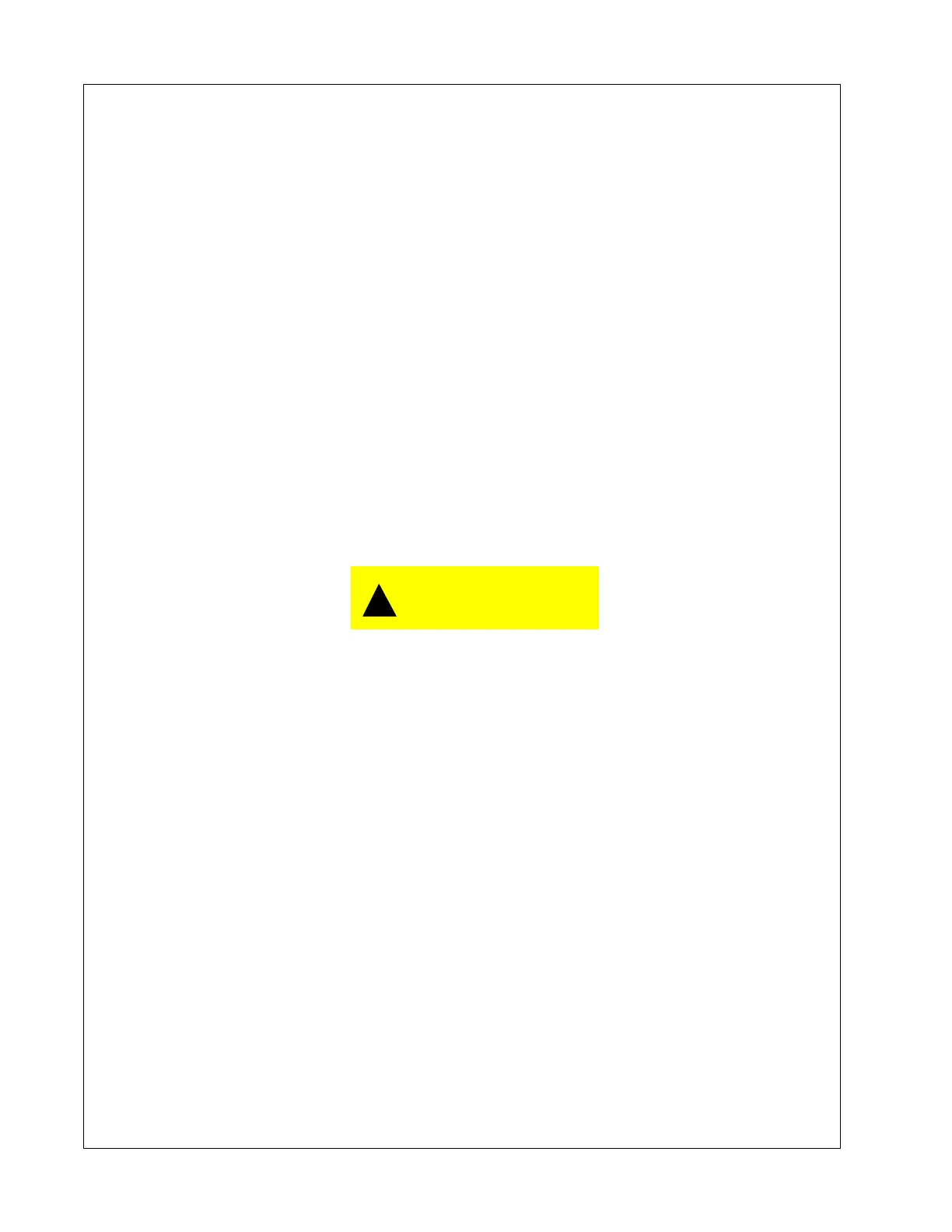